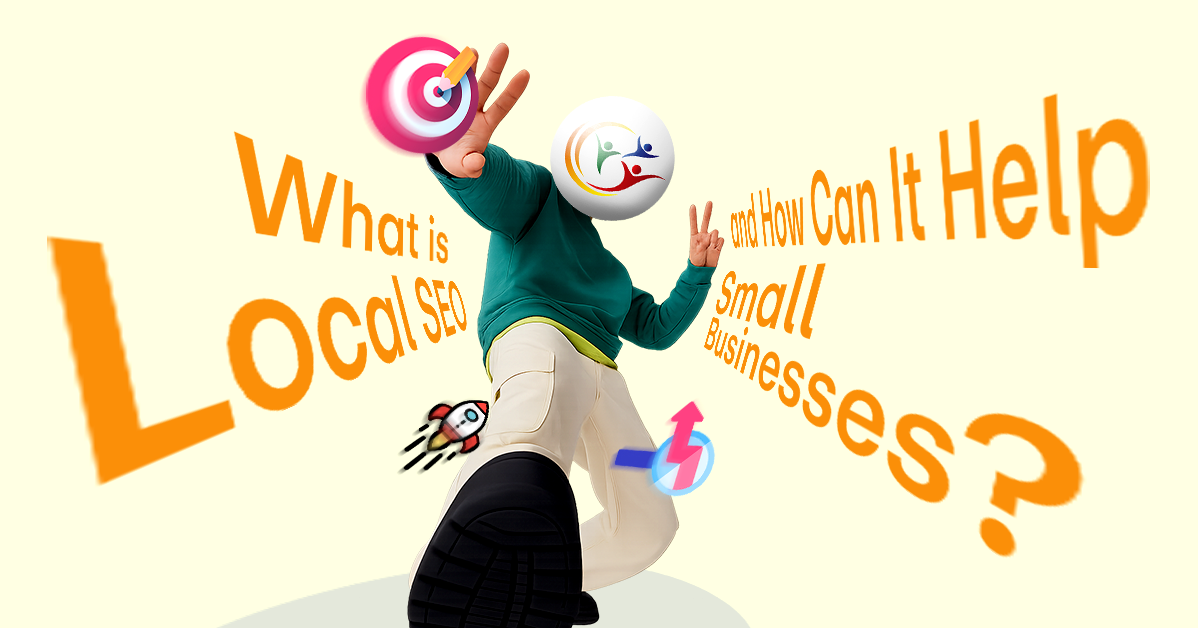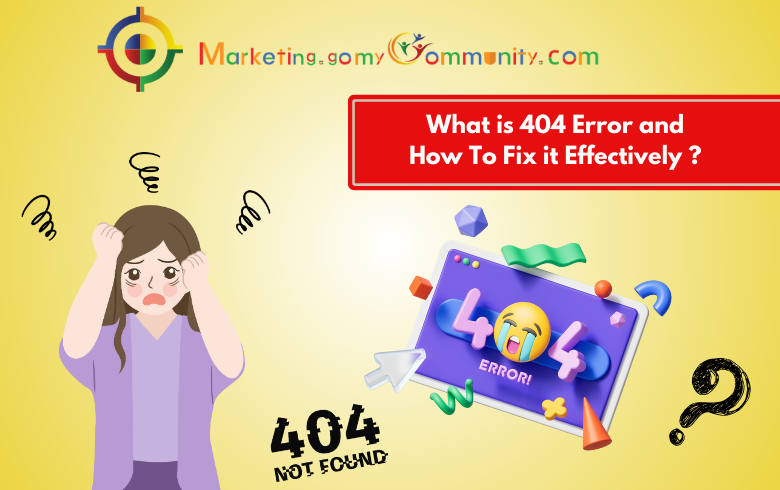You’ve put in a lot of time and money to build this website. But what’s the point if your visitors end up on a page that says “404 error”? It’s like inviting someone to your party and then realizing you forgot to send them the address. It’s frustrating and makes all your hard work feel wasted.
It’s not just a missed opportunity; it’s a loss of trust, credibility, and potentially valuable traffic. However, fear not, Effective Error handling can turn this setback into an opportunity for growth and improvement.As an expert SEO Agency in San Diego , We’ll guide you through the process of reclaiming lost traffic with savvy error handling strategies and you will be able to understand “What is 404 Error” and how to fix it?
What is 404 Error?
Before delving into solutions, let’s understand the problem. A 404 error occurs when a user attempts to access a page on your website that doesn’t exist. It could be due to a mistyped URL, a broken link, or a page that has been moved or deleted. Regardless of the cause, the result is the same — a disappointing dead-end for the user.
What is the Impact on SEO of 404 Error ?
Beyond the immediate frustration for users, 404 errors can have a detrimental impact on your website’s SEO. Search engine crawlers encounter these errors when indexing your site, leading to wasted crawl budget and potentially lower rankings. Moreover, if other websites link to pages that return 404 errors on your site (known as broken backlinks), you could be losing valuable link equity.
Effective Solutions For 404 Error Fix
Some Effective Solutions to Fix 404 Error on Your Website To Reclaim lost Traffic and mitigate the impact of 404 errors:
- Custom 404 Page: Instead of presenting users with a generic error message, create a custom 404 page that maintains your branding and provides helpful navigation options. Include a search bar, links to popular pages, and a clear call-to-action directing users to relevant content. This turns a negative experience into an opportunity to engage with your audience.
- Redirects: If a page has been permanently moved or deleted, implement 301 redirects to automatically send users and search engines to the most relevant alternative page. This not only preserves user experience but also passes link equity to the new page, preventing the loss of valuable backlinks.
- Regular Monitoring: Stay proactive by regularly monitoring your website for 404 errors using tools like Google Search Console or third-party website crawlers. Identify the source of the errors, whether it’s mistyped URLs, Broken Internal links, or External backlinks pointing to non-existent pages.
- Fix Broken Links: Conduct regular audits to identify and fix broken internal and external links on your website. Update or remove outdated links and ensure that all internal links point to valid, existing pages. This not only improves user experience but also prevents the loss of link Equity.
- Create Helpful Content: Anticipate user needs and create comprehensive, helpful content that addresses common queries and concerns. By providing valuable resources and information, you can reduce the likelihood of users encountering 404 errors in the first place.
With effective error handling strategies in place, you can reclaim lost traffic, preserve user experience, and maintain your website’s SEO performance. By implementing custom 404 pages, utilizing redirects, monitoring for errors, fixing broken links, creating helpful content, and empowering your team, you can turn 404 errors into opportunities for growth and improvement. Remember, every error is a chance to enhance your website and better serve your audience.
If You ‘re a Business Owner Looking for the Best SEO Services in US then, we suggest you to go for Marketing.MyCommunity because we have a Team of SEO Experts with a proven Track Record.














